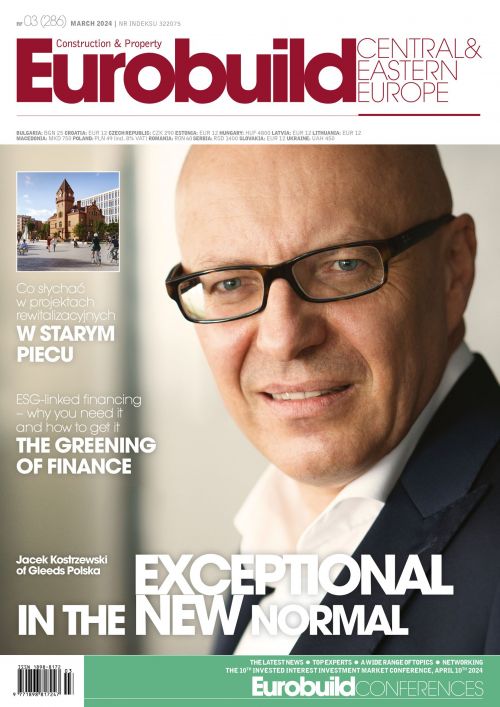The plan might be a beautiful one, but the price of bringing it to life can sometimes be rather high. Rafał Przybył, the regional manager of Vastint Poland responsible for the conversion of Stara Rzeźnia, a former abattoir complex in Poznań, is able to provide quite a long list of the challenges faced by developers when they embark on such a project – including changes to the rules and regulations, as well as the necessity of keeping a flexible approach and adapting to local requirements. He also stresses the lack of strict criteria for the issuing of permits for this type of project. “For historic buildings and areas that are under the protection of the local monuments conservator, there is a lot of discretion, which makes the decision-making complicated,” he admits. Additionally, Magdalena Bartkiewicz-Podoba, the CEO of Liebrecht & Wood Poland, insists that: “These kinds of projects normally require much more funding than those built from scratch.&rdqu































































